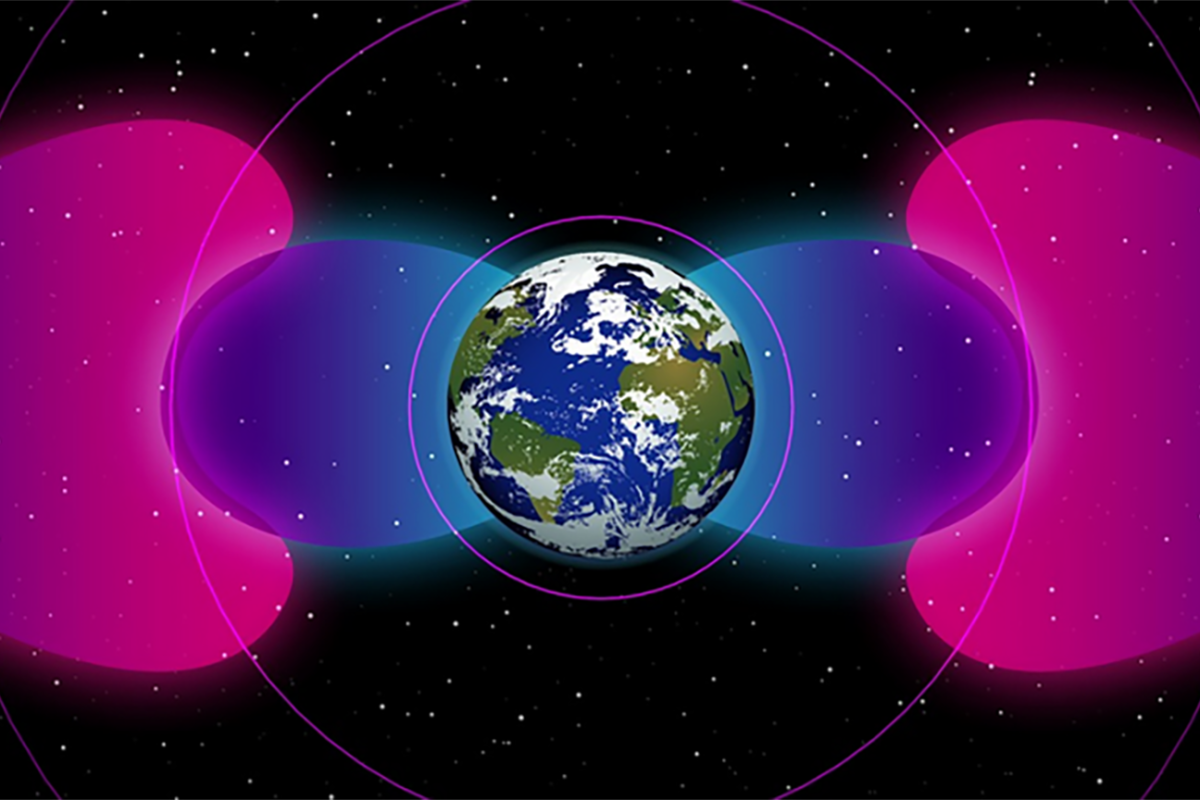NASA is launching a suborbital sounding rocket to study how radio waves escaping the Earth's ionosphere may be affecting orbital satellites. Scheduled for launch from the Wallops Island Flight Facility on May 26, the VLF trans-Ionospheric Propagation Experiment Rocket (VIPER) will measure how these escaping radio waves interact with electrons in the Van Allen belt.
Space may seem like a very large, empty ... well, space, but if one looks at it in the electromagnetic spectrum, it is filled with all manner of radiation from the Sun, the planets, and even the Earth. The interaction of this radiation contributes to what is known as space weather, and this can cause all sorts of trouble with devices in space or on the surface of our world.
One example of this is Very Low Frequency (VLF) radio. These radio waves are produced naturally by lightning, but they are also used as a way of communicating with submarines while they are submerged. During the daytime, the layer of the Earth's atmosphere known as the ionosphere is dense enough to trap these, but at night the ionosphere is less dense and some VLF waves can leak out by following the magnetic lines of force.

This is a potential problem, because these waves can interact with the electrons in the Van Allen radiation belts that encircle our planet, producing intense fluctuations of energetic electrons at altitudes ranging from 14,300 miles (23,000 km) to 23,500 miles (37,800 km), which is also the altitude at which GPS and geosynchronous satellites orbit. As VLF waves and the electrons interact, this could cause problems for the electronics aboard these spacecraft that we depend upon for communications and navigation.
To learn more about this, the two-stage Terrier rocket is scheduled to lift off from Wallops on Wednesday at 9:15 pm EDT. It will rise to an altitude of 94 miles (151 km) and take measurements in the VLF range before splashing down somewhere into the Atlantic Ocean, though it will not be recovered.
Meanwhile, ground stations in Maine, North Carolina, Georgia, Colorado, Virginia, and elsewhere will take their own measurements for comparison. The hope is that the new data will help to validate existing models of the electromagnetic fields and the ionosphere.
The mission will be covered live beginning at 8:55 pm EDT from the Wallops IBM video site.
"It was surprising to find that while lots of ground-based and orbital observations of the VLF absorption/reflections/transmission had been made, there's not been any measurements right in the region where all the action happens," says Dr. John Bonnell, the project’s principal investigator from the University of California, Berkeley. "While we have good models of what to expect in such regions, actual measurements are key to pin down the details of those models, as well as to develop the instruments required to explore more challenging regions."
Source: NASA






